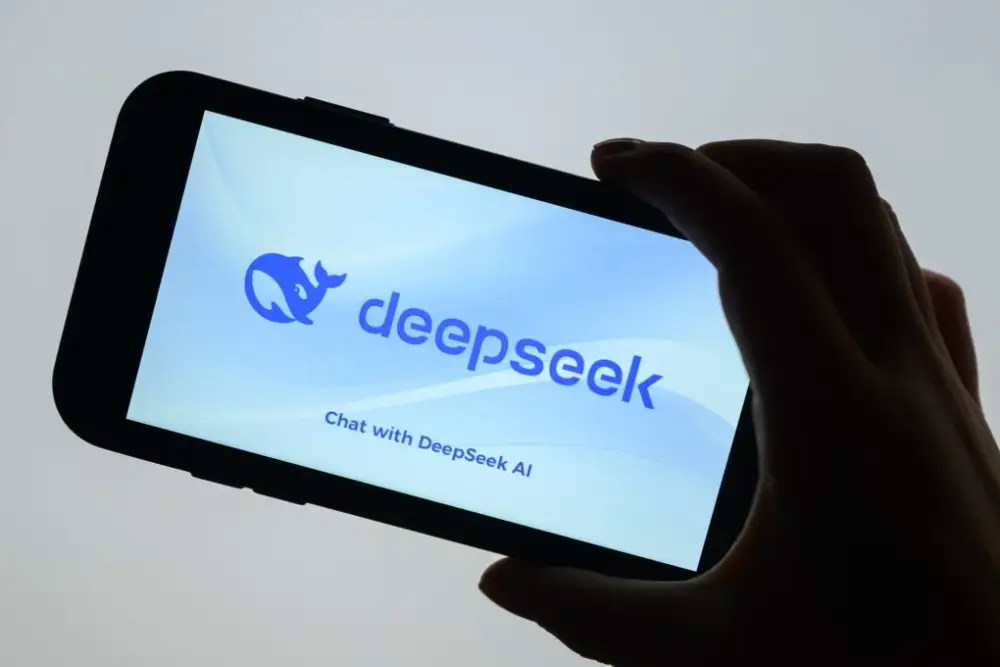The writer is former senior director for China and Taiwan Affairs at the White House National Security Council and a senior research scholar at Columbia’s School of International and Public Affairs
On a phone call with Donald Trump days before his 2025 inauguration, Sam Altman, chief executive of OpenAI, told the incoming president that the US would achieve human-level artificial general intelligence during his term in office. Altman has framed this achievement as part of an existential AI race between the US and China.
The desire to win this contest explains numerous US government actions — from the Biden administration’s export controls on China to the $500bn “Stargate” data centre project to the action plan that Trump released last week to
accelerate AI development.Both countries are investing heavily in the technology. But, outwardly at least, they appear to be pursuing different goals. While US leaders prioritise developing the most intelligent models possible, Chinese policymakers are most focused on AI’s widespread application.
To use Silicon Valley parlance, the Chinese Communist party seems far less “AGI-pilled” than their American counterparts. Although leading Chinese labs like
DeepSeek,
Zhipu, and Stepfun state their ambitions to reach AI that can equal the abilities of the human mind, top Chinese government officials barely address AGI.
For one, the Chinese government lacks an official term that captures what Altman and others mean when they say AGI. The term used in China is tongyong rengong zhineng, the precise translation of which is “general-purpose AI”. This suggests a system applied to many uses rather than human-level intelligence.
Nor is the Chinese government taking obvious steps to create the physical infrastructure necessary for AGI. It has been
slow to build the “superclusters” of computing chips that US hyperscalers are constructing.
Instead, Xi Jinping has emphasised applying AI to practical purposes. He has consistently said that China’s AI sector should be “strongly oriented toward applications.” From industrial robotics to products like
Manus, a leading AI agent, this is already becoming a reality.
Xi has, however, openly embraced the goal to “
catch up and surpass” the US in science and technology, including in AI. So why not AGI?
One explanation is that US export controls have seriously inhibited China’s ability to obtain vast amounts of computing power needed for future AI models. Another possibility is that Chinese officials may see AGI as an abstract construct and not imminent, preferring to focus on more tangible goals. If Silicon Valley is wrong and human-level AI remains out of reach then China’s focus on applications will look prescient.
There is, however, a third possible and more worrying explanation for China’s approach: the perennially secretive CCP might be concealing its interest in AGI. This would not be a new phenomenon: China has engaged in the largest nuclear weapons build-up since the cold war, but it does not publicly acknowledge the scale of this expansion. The CCP might fear stronger US policy responses if it were to openly declare its interest in AGI.
What this means is that even if the US and China are running what look like different races in AI, direct competition remains intense. Whether Xi doubts AGI, feels constrained, or is concealing his intentions, there is a profound risk on both sides of “technological surprise” — when a rival gains an unexpected technological capability, it can escalate the risk of conflict.
If Altman’s timeline is right and the US rapidly attains human-level AGI to Beijing’s surprise, then China might fear the irretrievable loss of strategic competition. It may act to reclaim it using multiple levers of power — including offensive cyber operations, coercion, diplomatic pressure and even military force.
Alternatively, if China’s leaders are hiding their AGI efforts then the US could be on the receiving end of an ugly shock and take its own actions to redress the balance.
These scenarios drive home a key strategic insight: in isolation, both the intensification of US-China rivalry and the explosion of AI breakthroughs are world-changing. Together, their simultaneity and interconnectedness creates unprecedented risk.
Policymakers around the world are ill prepared to manage these combined strategic and technological developments. Many struggle to stay up to date with AI developments, let alone plan for the geopolitical ramifications of new breakthroughs. But they must prepare now to mitigate these risks. The coming years will be far more dangerous than many of the technology’s investors and policymakers realise.




